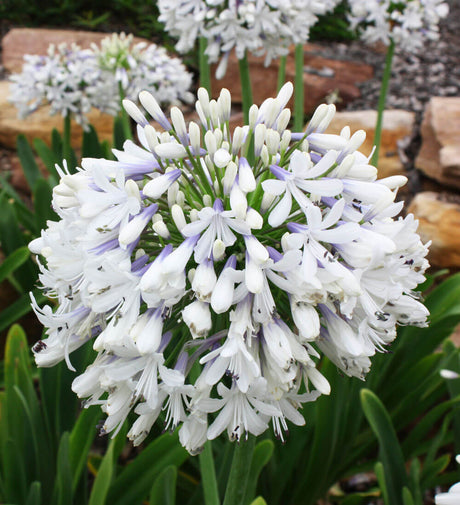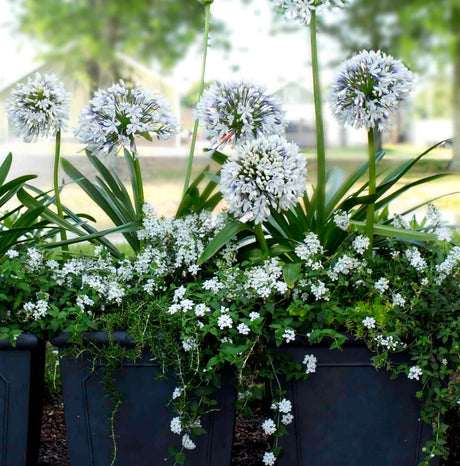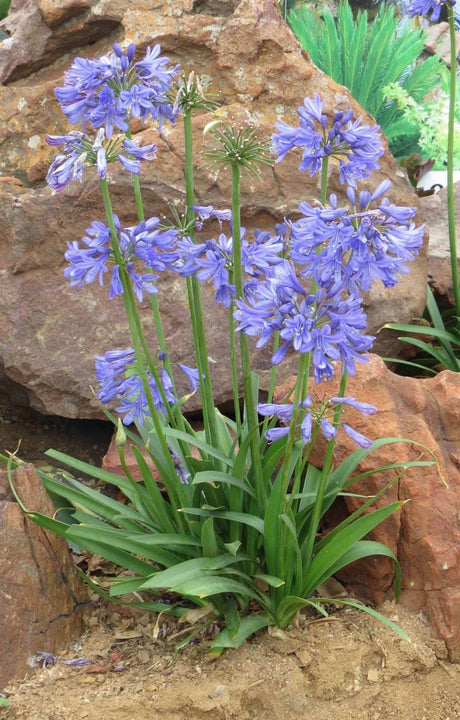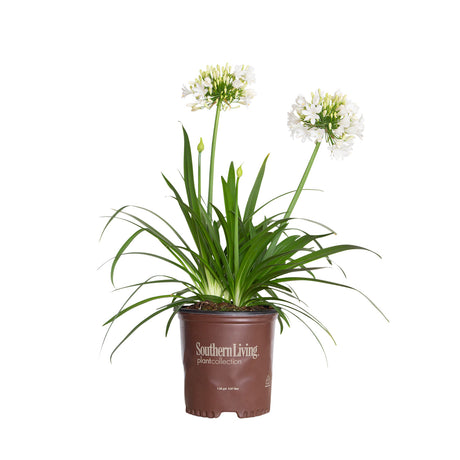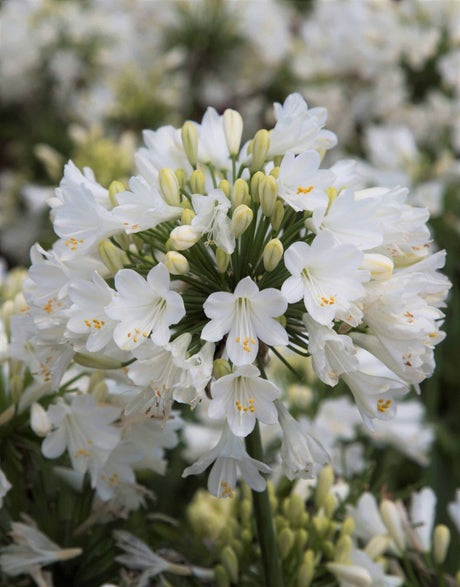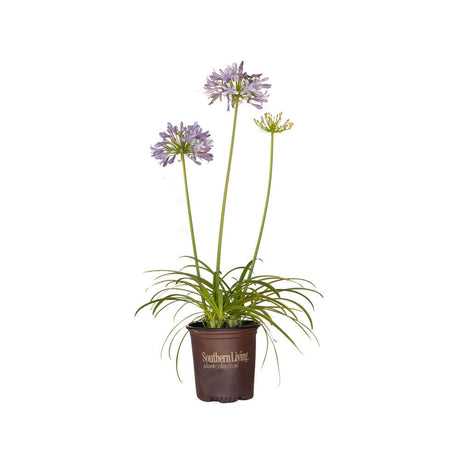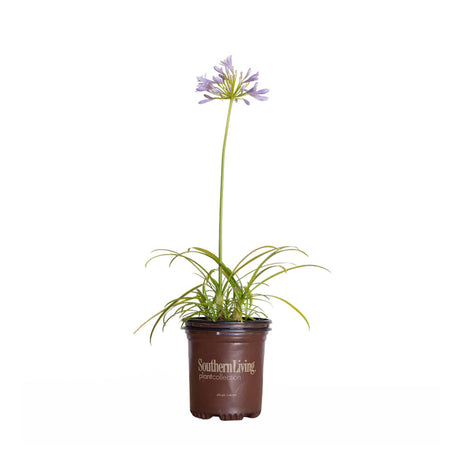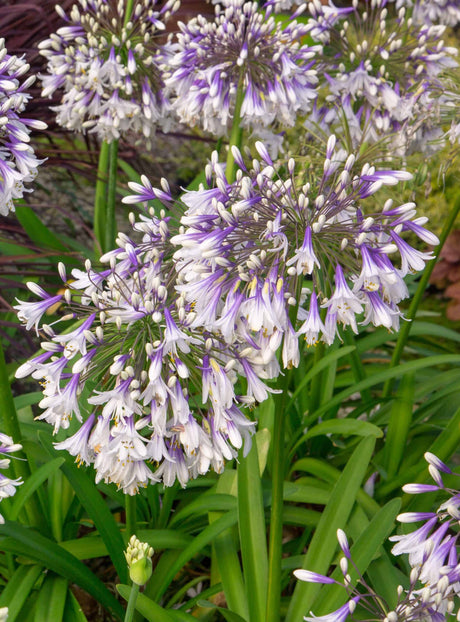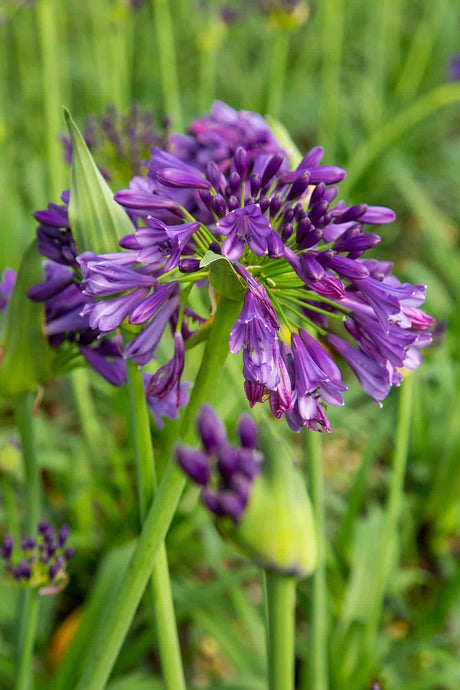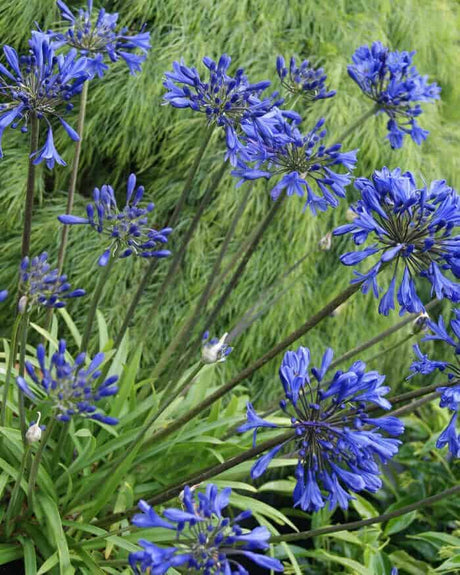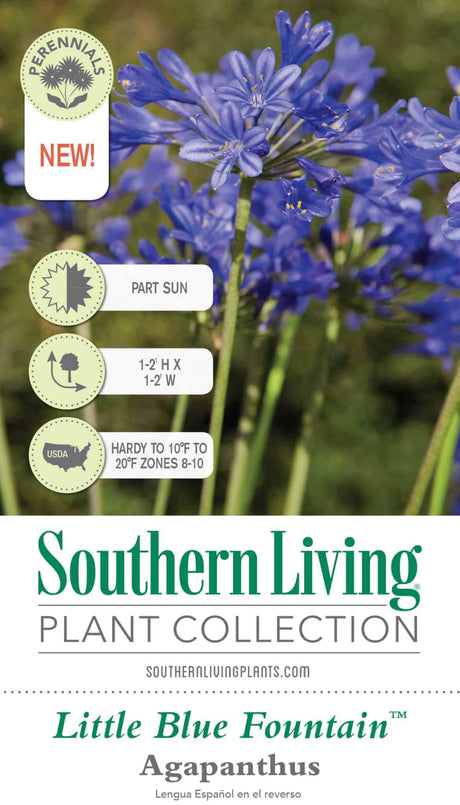FiltersFilter & Sort
- Up to 13% off
Southern Living Plant Collection
From $17.99$19.99Unit price /UnavailableIn stock (731) - Up to 13% off
Southern Living Plant Collection
From $17.99$19.99Unit price /UnavailableIn stock (397) - Up to 13% off
Southern Living Plant Collection
From $17.99$19.99Unit price /UnavailableIn stock (1332) - Up to 13% off
Southern Living Plant Collection
From $17.99$19.99Unit price /UnavailableIn stock (1431) - Up to 13% off
Southern Living Plant Collection
From $17.99$19.99Unit price /UnavailableIn stock (326) - Up to 13% off
Southern Living Plant Collection
From $17.99$19.99Unit price /UnavailableIn stock (331) Southern Living Plant Collection
From $19.99Unit price /UnavailableIn stock (95)- Sold outUp to 13% off
- Sold out


